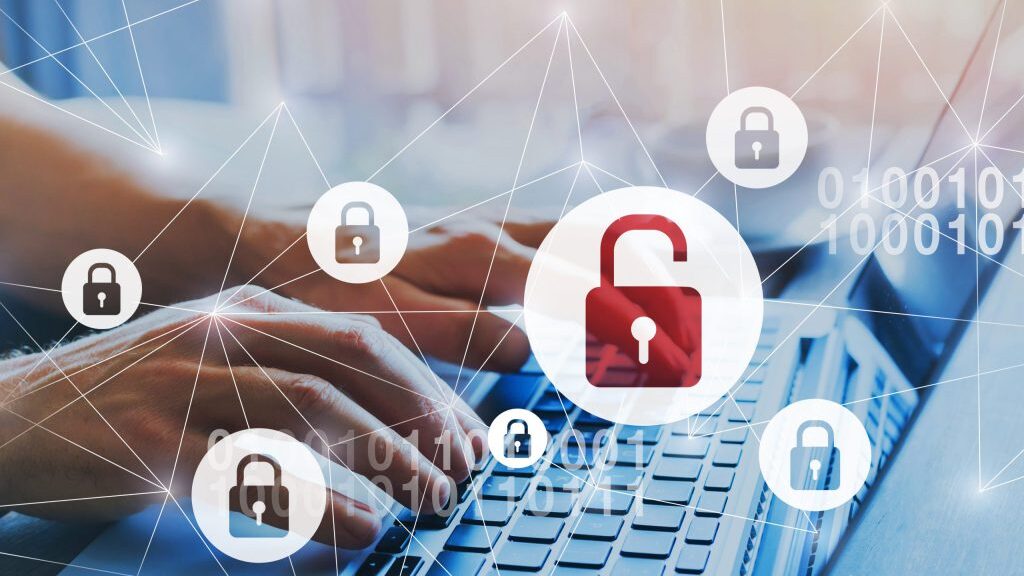In today’s business landscape, where confidential documents are shared across borders and industries, the use of virtual data rooms (VDRs) has surged. These secure online repositories are essential for industries like finance, legal, and real estate, especially for sensitive transactions such as mergers and acquisitions (M&A). But with the rise of cyber threats, a common concern arises: can virtual data rooms be hacked?
If you’re using a VDR for your business, you may have wondered whether your sensitive data is truly safe. In this article, we’ll explore the security measures of virtual data rooms, how hacking risks exist, and what steps you can take to ensure your data is as secure as possible. We’ll discuss key concerns, potential vulnerabilities, and best practices to minimize the risk of a cyber attack.
What Are Virtual Data Rooms, and Why Do They Matter?
Virtual data rooms (VDRs) are cloud-based repositories used to store and share confidential information securely. They are typically used in high-stakes situations like:
- Mergers and acquisitions (M&A): Businesses share critical financial and operational data.
- Legal proceedings: Lawyers exchange sensitive case documents.
- Real estate deals: Investors review property portfolios and financials.
VDRs are designed to provide a higher level of security than standard cloud storage solutions, offering features like two-factor authentication, encryption, and strict access control. But despite these precautions, the question remains: can virtual data rooms be hacked?
How Secure Are Virtual Data Rooms?
Advanced Encryption and Security Protocols
Most virtual data rooms rely on 256-bit AES encryption, one of the highest levels of encryption available, making it nearly impossible to crack with brute force attacks. Additionally, VDRs use SSL/TLS protocols to secure data during transfer, ensuring that even if someone intercepts the data, it remains unreadable without proper authorization.
Multi-Factor Authentication and Access Control
VDRs also implement multi-factor authentication (MFA), which requires users to provide two or more verification methods before accessing data. This reduces the likelihood of unauthorized users gaining entry even if they have a password.
- Example: If a user’s password is compromised, the hacker would still need access to the second form of authentication, like a one-time code sent to a phone, to breach the system.
Can Virtual Data Rooms Be Hacked?
The simple answer is: yes, no system is completely immune to cyberattacks. However, the likelihood of a successful hack depends on several factors, such as the security measures in place and how users interact with the system. Let’s explore the ways in which VDRs could potentially be compromised.
Potential Vulnerabilities
- Weak Passwords: One of the most common vulnerabilities in any digital system is user behavior. If users choose weak or easily guessable passwords, hackers can exploit this to gain access.
- Insider Threats: Employees or other authorized users may intentionally or unintentionally share sensitive login credentials or data, leading to a breach.
- Phishing Attacks: Hackers often target VDR users with phishing schemes, tricking them into revealing login credentials or downloading malware.
- Zero-Day Vulnerabilities: These are unknown security flaws that hackers can exploit before a patch is released. If a VDR provider isn’t quick to address these issues, data can be at risk.
How to Protect Your Virtual Data Room from Being Hacked
Best Practices for Maximum Security
- Use Strong Passwords: Encourage users to create complex passwords and update them regularly. Implement password managers to store them securely.
- Enable Multi-Factor Authentication: Always require multiple forms of verification for accessing the VDR.
- Regularly Update Software: Ensure that the VDR provider releases frequent security updates and patches.
- Limit Access Permissions: Only give access to individuals who need it and regularly review user activity.
- Monitor User Activity: Most VDRs provide audit trails, which track who accesses the data and what they do with it. Monitoring these trails can help identify suspicious behavior early.
How to Choose a Secure Virtual Data Room Provider
When selecting a virtual data room provider, pay attention to their security certifications and compliance standards. Reputable VDRs should be compliant with industry standards such as:
- ISO 27001: Internationally recognized information security standard.
- GDPR: If your business operates in Europe, ensure the VDR complies with the General Data Protection Regulation (GDPR).
- SOC 2 Type II: A security standard used by service providers to manage data securely.
Conclusion: Is Your Data Really Safe in a Virtual Data Room?
While no system is entirely immune from the risk of hacking, virtual data rooms offer some of the highest levels of security available today. From advanced encryption to multi-factor authentication and regular security audits, VDRs are designed to protect sensitive information from prying eyes. But as with any technology, the system is only as secure as the users and administrators managing it.
Understanding the risks and best practices can go a long way in preventing breaches. As a business owner or professional handling sensitive data, it’s critical to ask: Can virtual data rooms be hacked? The answer is yes, but by adopting strong security measures, you can significantly reduce the risks and ensure your confidential information remains protected.

